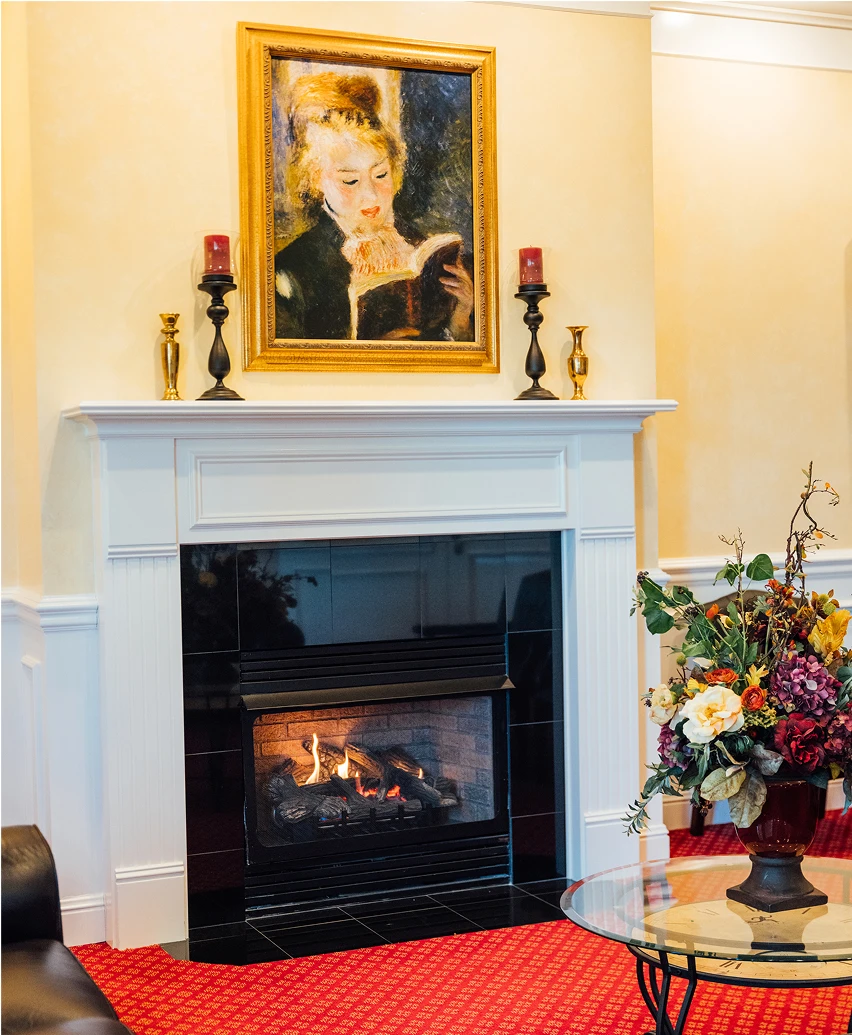What is a Brow Lift?
A brow and forehead lift is a surgical procedure that raises eyebrows and reduces the ridges and furrows on the forehead, thus creating a smoother, more youthful appearance.
There are multiple surgical approaches for a brow and forehead lift:
- A direct brow lift involves removing an ellipse of skin and muscle just above the eyebrows. The incision is hidden within the brow hair. This technique does not address wrinkles or lines on the forehead, and surgical scars may be prominent. As such, it is typically reserved for older patients or for men with thick eyebrow hair and male pattern baldness.
- A mid-forehead lift is intended for patients older than 65 who have heavy, sagging eyebrows and deep forehead wrinkles. This procedure involves incisions placed within the deep forehead wrinkles to remove excess skin, fat, and muscle, restoring a more youthful appearance. The resulting scars are typically hidden and not very noticeable after they heal.
- A coronal forehead lift involves making an incision from ear to ear across the forehead and elevating the entire forehead and brow.
The most current technique, an endoscopic forehead lift, involves the use of a surgical telescope to elevate the brows and smooth forehead wrinkles through small incisions made behind the hairline. An endoscope is a surgical system with thin, pencil-sized arms that are inserted through three to five incisions about 3/8 of an inch long. One of the instrument’s arms is a lighted camera that displays what it sees under the patient’s skin on a television monitor. Other arms on the Endoscope carry the actual surgical tools that perform cutting or grasping functions. Dr. Urban performs the surgery using the television monitor to guide his movements.
Endoscopic surgery is often employed in forehead lifts. Yet another advancement in this procedure is a fixation device known as an Endotine. The bioabsorbable Endotine implant is a hanger-like device with five small tines. It is affixed by inserting a flanged post into a drill hole in the skull.
To perform endoscopic surgery, the surgeon first frees the forehead tissues from the skull, then lifts them upwards and engages them onto the implant tines, which hold them in place. The upside of this procedure is that the surgeon can readjust the height of the lift by simply moving the tissues up on the Endotine. If left undisturbed for 30 to 60 days, the forehead tissues will heal to the bone at the higher position, and the body will absorb the Endotine in about four to seven months. However, some patients report feeling the endomysium under the skin for several months after their procedures.



